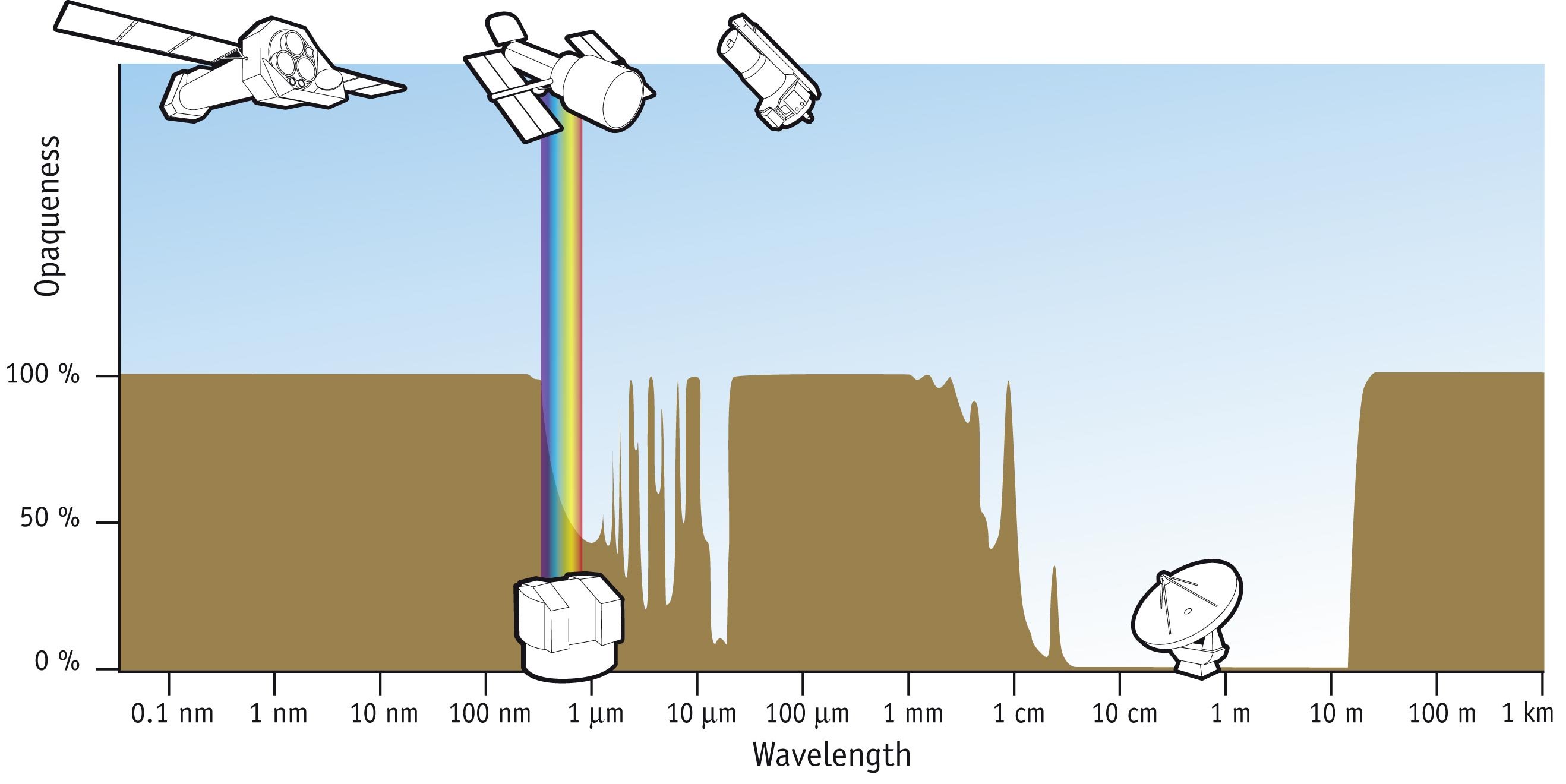|
R Muscae
R Muscae is a yellow-white hued variable star in the southern constellation of Musca. It has a nominal apparent visual magnitude of 6.31, which is near the lower limit of visibility to the naked eye. The distance to this star, as determined from its annual parallax shift of , is around 3,260 light years. This is an F-type supergiant star with a baseline stellar classification of F7 Ib. It is a Classical Cepheid variable ranging from apparent magnitude 5.93 to 6.73 over 7.51 days, while varying between spectral types F7 Ib and G2. The star was suspected of having a detectable companion, but this finding was later disputed. Gaia and HST observations have shown that there is a companion, a 15th-magnitude star away. There is an X-ray source with a luminosity of located at an angular separation Angular distance or angular separation is the measure of the angle between the orientation of two straight lines, rays, or vectors in three-dimensional space ... [...More Info...] [...Related Items...] OR: [Wikipedia] [Google] [Baidu] |
Gaia (spacecraft)
''Gaia'' was a space observatory of the European Space Agency (ESA) that was launched in 2013 and operated until March 2025. The spacecraft was designed for astrometry: measuring the positions, distances and motions of stars with unprecedented precision, and the positions of exoplanets by measuring attributes about the stars they orbit such as their apparent magnitude and color. , the mission data processing continues, aiming to construct the largest and most precise 3D space catalog ever made, totalling approximately 1 billion astronomical objects, mainly stars, but also planets, comets, asteroids and quasars, among others. To study the precise position and motion of its target objects, the spacecraft monitored each of them about 70 times over the five years of the nominal mission (2014–2019), and about as many during its extension. Due to its detectors not degrading as fast as initially expected, the mission was given an extension. As of March 2023, the spacecraft had en ... [...More Info...] [...Related Items...] OR: [Wikipedia] [Google] [Baidu] |
Hipparcos Objects
''Hipparcos'' was a scientific satellite of the European Space Agency (ESA), launched in 1989 and operated until 1993. It was the first space experiment devoted to precision astrometry, the accurate measurement of the positions and distances of celestial objects on the sky. This permitted the first high-precision measurements of the luminosity, intrinsic brightnesses, proper motions, and parallaxes of stars, enabling better calculations of their distance and tangential velocity. When combined with radial velocity measurements from spectroscopy, astrophysicists were able to finally measure all six quantities needed to determine the motion of stars. The resulting ''Hipparcos Catalogue'', a high-precision catalogue of more than 118,200 stars, was published in 1997. The lower-precision ''Tycho Catalogue'' of more than a million stars was published at the same time, while the enhanced Tycho-2 Catalogue of 2.5 million stars was published in 2000. ''Hipparcos'' follow-up mission, ''Gaia ... [...More Info...] [...Related Items...] OR: [Wikipedia] [Google] [Baidu] |
Henry Draper Catalogue Objects
Henry may refer to: People and fictional characters * Henry (given name), including lists of people and fictional characters * Henry (surname) * Henry, a stage name of François-Louis Henry (1786–1855), French baritone Arts and entertainment * Henry (2011 film), ''Henry'' (2011 film), a Canadian short film * Henry (2015 film), ''Henry'' (2015 film), a virtual reality film * ''Henry: Portrait of a Serial Killer'', a 1986 American crime film * Henry (comics), ''Henry'' (comics), an American comic strip created in 1932 by Carl Anderson * "Henry", a song by New Riders of the Purple Sage Places Antarctica * Henry Bay, Wilkes Land Australia *Henry River (New South Wales) *Henry River (Western Australia) Canada * Henry Lake (Vancouver Island), British Columbia * Henry Lake (Halifax County), Nova Scotia * Henry Lake (District of Chester), Nova Scotia New Zealand * Lake Henry (New Zealand) * Henry River (New Zealand) United States * Henry, Illinois * Henry, Indiana * Henry, Nebras ... [...More Info...] [...Related Items...] OR: [Wikipedia] [Google] [Baidu] |
Durchmusterung Objects
In astronomy, Durchmusterung or Bonner Durchmusterung (BD) is an astrometric star catalogue of the whole sky, published by the Bonn Observatory in Germany from 1859 to 1863, with an extension published in Bonn in 1886. The name comes from ('run-through examination'), a German word used for a systematic survey of objects or data. The term has sometimes been used for other astronomical surveys, including not only stars, but also the search for other celestial objects. Special tasks include celestial scanning in electromagnetic spectrum, electromagnetic wavelengths shorter or longer than visible light waves. Original catalog The Bonner Durchmusterung (abbreviated BD), was initiated by Friedrich Wilhelm Argelander, Friedrich Argelander and using observations largely carried out by his assistants, which resulted in a catalogue of the positions and apparent magnitudes of 342,198 stars down to approximate apparent magnitude 9.5 and covering the sky from 90°N to 2°S declination. The cat ... [...More Info...] [...Related Items...] OR: [Wikipedia] [Google] [Baidu] |
Musca
is a small constellation in the deep southern sky. It was one of 12 constellations created by Petrus Plancius from the observations of Pieter Dirkszoon Keyser and Frederick de Houtman, and it first appeared on a celestial globe in diameter published in 1597 (or 1598) in Amsterdam by Plancius and Jodocus Hondius. The first depiction of this constellation in a celestial atlas was in Johann Bayer's '' Uranometria'' of 1603. It was also known as for 200 years. Musca remains below the horizon for most Northern Hemisphere observers. Many of the constellation's brighter stars are members of the Scorpius–Centaurus association, a loose group of hot blue-white stars that appears to share a common origin and motion across the Milky Way. These include Alpha, Beta, Gamma, Zeta2 and (probably) Eta Muscae, as well as HD 100546, a blue-white Herbig Ae/Be star that is surrounded by a complex debris disk containing a large planet or brown dwarf and possible protoplanet. Two further ... [...More Info...] [...Related Items...] OR: [Wikipedia] [Google] [Baidu] |
F-type Supergiants
F-type may refer to: *F-type asteroid, a type of carbonaceous asteroid *F-ATPase, a membrane protein *F-type main-sequence star, a hydrogen-fusing star * F-type Prisons, high-security prisons in Turkey * MG F-type Magna, six-cylinder-engined car produced by the MG Car company from October 1931 to 1932 *Jaguar F-Type, a two-seat sports car manufactured by Jaguar Cars * Renault F-Type engine, straight-4 automobile engine from Renault * Empire F type coaster, a type of prefabricated coastal tanker built in the UK during the Second World War *F connector, a commonly used connector for coaxial cable * F type Adelaide tram Type F may refer to: * Type F AC power plugs and sockets *the Avro Type F The Avro Type F was an early single seat British aircraft from Avro. On 1 May 1912 it became the first aircraft in the world to fly with a completely enclosed cabin for the pilot as an integral part of the design. Design and development It wa ..., an aircraft * Type-F couplers in rail tran ... [...More Info...] [...Related Items...] OR: [Wikipedia] [Google] [Baidu] |
Classical Cepheid Variables
Classical Cepheids are a type of Cepheid variable star. They are young, population I variable stars that exhibit regular radial pulsations with periods of a few days to a few weeks and visual amplitudes ranging from a few tenths of a magnitude up to about 2 magnitudes. Classical Cepheids are also known as Population I Cepheids, Type I Cepheids, and Delta Cepheid variables. There exists a well-defined relationship between a classical Cepheid variable's luminosity and pulsation period, securing Cepheids as viable standard candles for establishing the galactic and extragalactic distance scales. Hubble Space Telescope (HST) observations of classical Cepheid variables have enabled firmer constraints on Hubble's law, which describes the expansion rate of the observable Universe. Classical Cepheids have also been used to clarify many characteristics of our galaxy, such as the local spiral arm structure and the Sun's distance from the galactic plane. Around 3,600 classical Cepheids ar ... [...More Info...] [...Related Items...] OR: [Wikipedia] [Google] [Baidu] |
American Association Of Variable Star Observers
The American Association of Variable Star Observers (AAVSO) is an international nonprofit organization. Founded in 1911, the organization focuses on coordinating, analyzing, publishing, and archiving variable star observations made largely by amateur astronomers. The AAVSO creates records that establish light curves depicting the variation in brightness of a star over time. The AAVSO makes these records available to professional astronomers, researchers, and educators. Professional astronomers do not have the resources to monitor every variable star. Hence, astronomy is one of the few sciences where amateurs can make significant contributions to research. In 2011, the 100th year of the AAVSO's existence, the twenty-millionth variable star observation was received into their database. The AAVSO International Database (AID) has stored over thirty-five million observations as of 2019. The organization receives nearly 1,000,000 observations annually from an estimated amount of 2,00 ... [...More Info...] [...Related Items...] OR: [Wikipedia] [Google] [Baidu] |
Angular Separation
Angular distance or angular separation is the measure of the angle between the orientation of two straight lines, rays, or vectors in three-dimensional space, or the central angle subtended by the radii through two points on a sphere. When the rays are lines of sight from an observer to two points in space, it is known as the apparent distance or apparent separation. Angular distance appears in mathematics (in particular geometry and trigonometry) and all natural sciences (e.g., kinematics, astronomy, and geophysics). In the classical mechanics of rotating objects, it appears alongside angular velocity, angular acceleration, angular momentum, moment of inertia and torque. Use The term ''angular distance'' (or ''separation'') is technically synonymous with ''angle'' itself, but is meant to suggest the linear distance between objects (for instance, a pair of stars observed from Earth). Measurement Since the angular distance (or separation) is conceptually identical to an ang ... [...More Info...] [...Related Items...] OR: [Wikipedia] [Google] [Baidu] |
X-ray Astronomy
X-ray astronomy is an observational branch of astronomy which deals with the study of X-ray observation and detection from astronomical objects. X-radiation is absorbed by the Earth's atmosphere, so instruments to detect X-rays must be taken to high altitude by Balloon-borne telescope, balloons, sounding rockets, and X-ray astronomy satellite, satellites. X-ray astronomy uses a type of space telescope that can see x-ray radiation which standard optical telescopes, such as the Mauna Kea Observatories, cannot. X-ray generation, X-ray emission is expected from astronomical objects that contain extremely hot gases at temperatures from about a million kelvin (K) to hundreds of millions of kelvin (MK). Moreover, the maintenance of the E-layer of ionized gas high in the Earth's thermosphere also suggested a strong extraterrestrial source of X-rays. Although theory predicted that the Sun and the stars would be prominent X-ray sources, there was no way to verify this because Earth's atmo ... [...More Info...] [...Related Items...] OR: [Wikipedia] [Google] [Baidu] |





